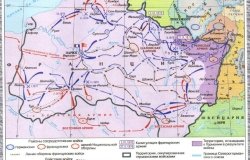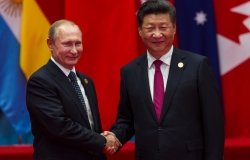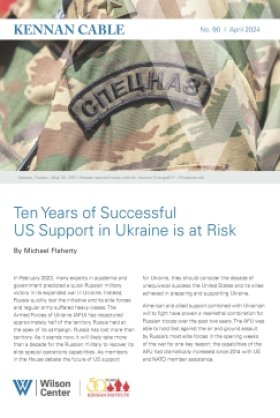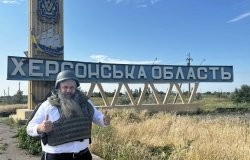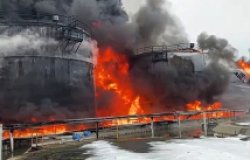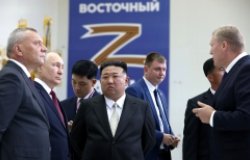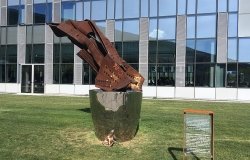Culture/Kultura: Russian Influences on American Performing Arts: Theater
Andrei Malaev-Babel, Producing Artistic Director, Stanislavsky Theater Studio (STS); Sarah Kane Artistic Associate, STS, and Vice-President, MICHA (Michael Chekhov Association), New York. A performance by the STS will follow the lecture.
Overview
In a recent seminar at the Kennan Institute Leslie Jacobson, Professor and Chair, Department of Theater at the George Washington University discussed the effect Russian performing arts teachers have had on the American film and theater. In the early 20th century there was a huge interest in Russia and Russian theater. The style of play writing was changing, where less focus on the text and the need for a new acting style emerged.
According to Jacobson, the 1950's and 60's generation of American actors and directors came out of a "Group Theater," which was actually a tradition of the 1920's and 30's. Jacobson pointed out that Stanislavsky's writings on the inner life of the character have been the most influential among U.S. actors. "Method acting" is an American interpretation of Stanislavsky. Jacobson explained that method acting focuses on inner character, and improves the non-verbal acting of Americans. She also pointed out the importance of method acting in film because "it has less text than stage shows."
Andrei Malaev-Babel, Producing Artistic Director, Stanislavsky Theater Studio, explained how the Stanislavsky's system developed over time. Stanislavsky, Malaev-Babel continued, brought variety to stage design. Sarah Kane, Artistic Associate, Stanislavsky Theater Studio, stated that Michael Chekhov, nephew of the writer Anton Chekhov, was a long time student and colleague of Stanislavsky. Kane noted that Michael Chekhov fled Moscow in 1928, making his way across Europe before settling in England. He came to the U.S. during World War II, arriving first in New York (where he trained actors such as Yul Brynner) and continuing on to Southern California. Chekhov's American career includes a 1945 Oscar-nominated performance in Alfred Hitchcock's Spellbound. Malaev-Babel stated that the list of American thespians trained in the Stanislavsky "method" would account for many stars on Hollywood Boulevard. American icons Clint Eastwood, Jack Nicholson, Gregory Peck, and Marilyn Monroe all cite Michael Chekhov among their most valued influences.
Both Malaev-Babel and Kane said that Stanislavsky's and Chekhov's influences extend much further across the American stage that any mere list of their students and protégés might imply. The two men, who worked closely together for some three decades in Moscow, came to represent alternative visions of modern theater, which has arguably shaped American drama performance for over a half-century.
Malaev-Babel concluded that Stanislavsky's efforts to bring a character's inner life to the center stage transformed our concept of stage presentation as well. Chekhov, meanwhile, developed acting exercises which motivate performers to this day.
After the presentations, Steve Wilhite, an actor from the Stanislavsky Theater Studio, performed "The Grand Inquisitor" scene from the upcoming Stanislavsky Theater Studio production of The Brothers Karamazov.
Hosted By

Kennan Institute
The Kennan Institute is the premier US center for advanced research on Russia and Eurasia and the oldest and largest regional program at the Woodrow Wilson International Center for Scholars. The Kennan Institute is committed to improving American understanding of Russia, Ukraine, Central Asia, the Caucasus, and the surrounding region though research and exchange. Read more
Thank you for your interest in this event. Please send any feedback or questions to our Events staff.

